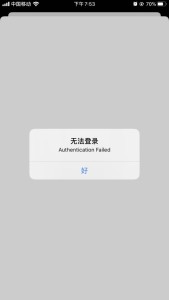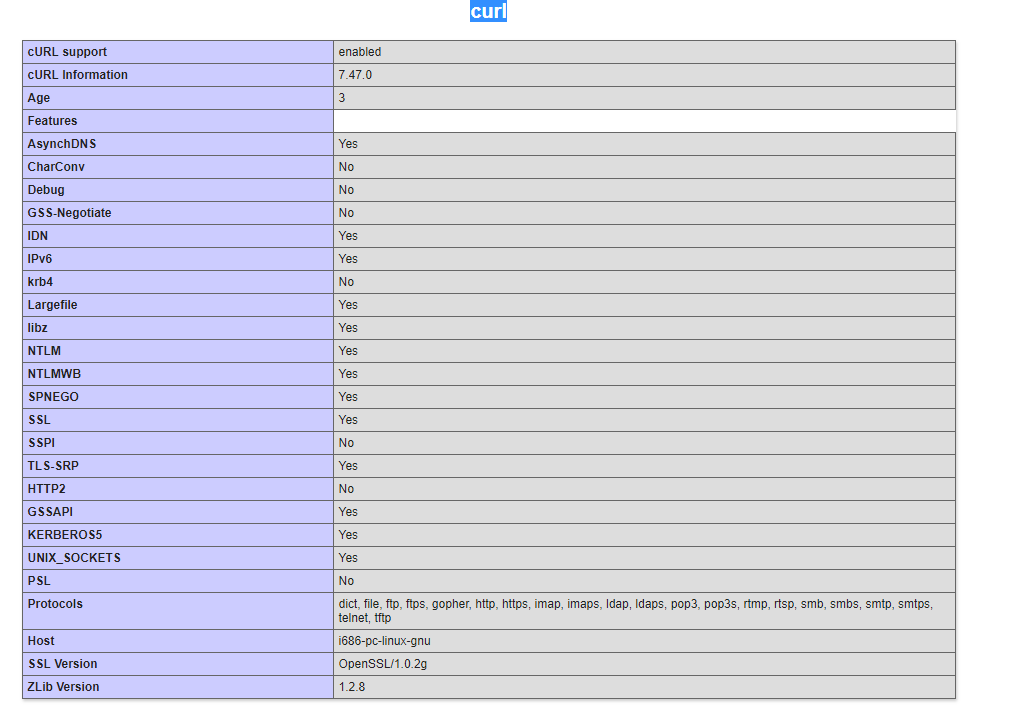3D Authentication Failed: A Comprehensive Guide to Troubleshooting and Enhancing Security 提供了关于3D安全认证失败的全面指南,包括如何进行故障排查和增强安全性。该指南首先解释了3D认证的原理和重要性,然后详细介绍了常见的3D认证失败原因,如设备不兼容、网络问题、软件错误等。指南提供了详细的故障排查步骤,包括检查设备设置、更新软件、检查网络连接等。还介绍了如何增强3D认证的安全性,包括使用更强的密码、启用双因素认证、定期更新软件等措施。该指南还提供了预防措施,如定期检查账户安全、避免使用公共计算机进行3D认证等。通过遵循这些指南,用户可以有效地解决3D认证失败的问题,并提高其在线交易的安全性。
In the digital age, where online transactions and data exchanges are commonplace, the importance of securing personal and financial information cannot be overstated. 3D Authentication, also known as 3D Secure (3DS), is a security protocol designed to protect cardholders from fraudulent transactions by adding an extra layer of security during online payments. However, when faced with the message "3D Authentication Failed," it can be a frustrating and concerning experience for both consumers and merchants. This article aims to provide a comprehensive guide on troubleshooting 3D Authentication failures, understanding the reasons behind them, and enhancing overall security measures.
Understanding 3D Authentication
3D Authentication is an international standard (ISO/IEC 20022) that utilizes a combination of dynamic data and risk analysis to verify the cardholder's identity during a transaction. This process typically involves two steps:
1、Enrollment: The cardholder's bank or payment service provider (PSP) enrolls their credit or debit card in the 3D Secure system, providing a unique password or one-time verification code (OTP) that is sent to the cardholder's registered device.
2、Transaction Verification: During a transaction, the card details are sent to the issuing bank, which then prompts the cardholder for the 3D Secure password or OTP. If the password is correct and the transaction is deemed low-risk, the transaction is approved; otherwise, it is declined.
Common Causes of 3D Authentication Failure
When the 3D Authentication process fails, it can be caused by several factors:
1、Incorrect Password or OTP: The most common reason for 3D Authentication failure is providing an incorrect password or one-time verification code. This can happen due to typos, misremembering the code, or receiving a new code due to a previous transaction being declined.
2、Device Inconsistency: If the device used for the transaction is not the same as the one enrolled for 3D Secure, it may trigger a security alert. This includes using a different browser, computer, or even a mobile app on a different device.
3、Account Suspension or Fraud Prevention: If a cardholder's account has been flagged for suspicious activity or has been suspended for security reasons, 3D Authentication may fail as a precautionary measure.
4、Network Issues: Poor internet connectivity or technical issues with the payment gateway can also lead to authentication failures.
5、System Updates or Maintenance: Occasionally, payment service providers may perform system updates or maintenance that temporarily disrupt 3D Authentication services.
6、Expired Enrollment: If a card's 3D Secure enrollment has expired or is not up-to-date, it can prevent successful authentication.
Troubleshooting Steps for 3D Authentication Failure
When encountering a 3D Authentication failure, here are some steps to troubleshoot and ensure a successful transaction:
1、Re-enter Password/OTP: The first step is to double-check the entered password or OTP. Ensure there are no typos and that you have entered the correct information as per the prompts on your screen. If you've received a new OTP due to a previous failed attempt, use the latest one provided.
2、Use Enrolled Device: Try using the same device and browser you used during enrollment for your 3D Secure authentication. This helps avoid any inconsistencies that might trigger a security alert.
3、Check Account Status: Log in to your online banking account or contact your bank's customer service to check if your account is active and not flagged for any suspicious activity. If your account has been suspended or locked due to security concerns, you'll need to resolve those issues first.
4、Ensure Network Connectivity: Verify your internet connection is stable and reliable before attempting another transaction. If possible, try connecting to a different network (e.g., switching from public Wi-Fi to home network) to eliminate potential network-related issues.
5、Contact Your Bank/PSP: If you've tried all the above steps and are still experiencing issues, reach out to your bank or payment service provider for assistance. They can help diagnose any underlying issues or provide additional guidance on how to proceed with your transaction securely.
6、Update Enrollment Information: If your 3D Secure enrollment has expired or needs updating, follow your bank's instructions to renew or update your enrollment details. This will ensure you can continue using 3D Authentication without interruption.
Enhancing Security Measures
To minimize the risk of 3D Authentication failures and improve overall security:
Regularly Update Devices & Software: Keep your devices and browsers up-to-date with the latest security patches and software updates to prevent potential vulnerabilities from being exploited.
Use Strong Passwords & OTPs: Ensure you use unique and strong passwords for your online banking and payment services, and never share them with anyone. For OTPs, make sure you have a secure way of receiving them (e.g., through an authenticated app).




 京公网安备11000000000001号
京公网安备11000000000001号 京ICP备11000001号
京ICP备11000001号